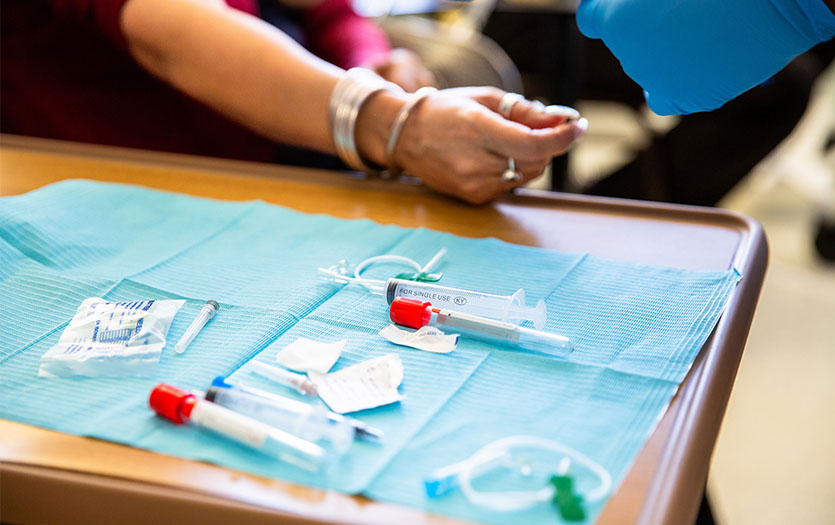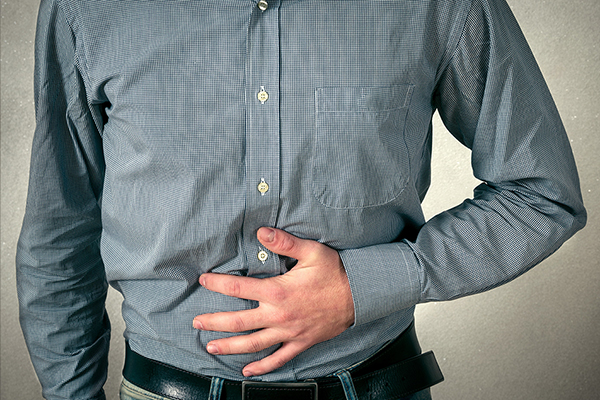
This post was written by Shauna Kelly, lab client services representative, Parkview Health.
Getting your blood drawn is a standard part of medical care, but it's normal to have questions about what happens afterward, especially if you notice a bruise. Here's what to expect and why minor bruising isn't necessarily a sign that something went wrong.
Right after the draw
Once your blood is collected and the needle is removed, the phlebotomist will either apply pressure to the site themselves or ask you to do it. Then, they'll place a bandage over the area to help stop any bleeding and protect the site. You might feel a slight pinch during the blood draw or a little bit of soreness afterward, but that usually fades quickly.
Why bruising happens
A bruise may appear after blood collection for a number of causes, but oftentimes it's about how your body responds. Here are a few reasons it might happen:
-
Tiny blood vessels can break under the skin during the draw, especially if your veins are small or close to the surface.
-
Movement during the draw, even a slight shift, can cause a small amount of blood to leak into the surrounding tissue.
-
Not applying enough pressure afterward can let blood seep out and form a bruise.
-
Medications like aspirin or blood thinners can make bruising more likely.
It's important to know that phlebotomists are trained to minimize these risks, but some bruising is simply a normal response for certain people.
How to help prevent bruising
These simple steps can help reduce your chances of bruising:
-
Apply firm pressure to the site for at least 2–3 minutes after the draw.
-
Keep the bandage on for a few hours to protect the area.
-
Avoid heavy lifting or using that arm strenuously for the rest of the day.
-
Stay well-hydrated before your appointment to make your veins easier to access.
-
Let your phlebotomist know if you bruise easily, and they can adjust their approach accordingly.
When to follow up
Most bruises are harmless and fade within a few days. However, if you notice increasing pain, swelling, or discoloration, or if the area feels warm or numb, it's a good idea to consult your primary care provider.
To learn more about Parkview's laboratory services, visit us here.



